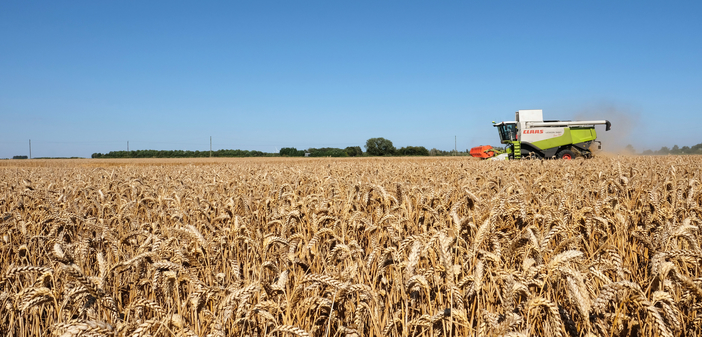Not surprisingly the weather and politics are continuing to be the focus of the grain markets. The improving weather situation in Canada and the United States has boosted North American wheat output and, with the Russian crop being talked higher again and Australia’s weather looking beneficial for wheat output. Australian wheat production for 2022/23 forecast to be 55.5 million tonnes making the global wheat supply and demand much more comfortable. Conversely the global maize market continues to be very tight. With the lowest crop for 15 years, demand has to be rationed or more must be bought in from Ukraine to solve the balance sheet.
Meanwhile Russia is complaining that the West is honouring a commitment to help Russia’s agricultural exports reach global markets which they claim was part of the deal to lift the blockade on Ukraine’s grain exports. Threats to the export corridor may be under threat again if the situation does not change. All this has prompted a rally in the markets as the global maize balance really needs Ukraine export volumes and the wheat balance sheet cannot really afford a significant volume of demand moving from maize to wheat.
Back home in the UK, the market continues to be dominated by currency moves and the UK wheat surplus. After a further upward revision to our UK crop size to 15.8m tonnes, the UK exportable surplus is at approximately 2.1m tonnes. UK feed wheat futures (Nov-22) closed at £264.50/t, down £3.00/t on Monday’s close. The Nov-23 contract lost £4.25/t over the same period, closing at £257.00/t.
There does however according to ADM appear to be a struggle to generate any significant volume of export demand, despite the sharp drop in sterling. There are the odd cargoes creeping through and some underlying demand for feed wheat.
In summary, the overall situation has not changed a lot this week. On a macro level, the increased availability from the Black Sea now means there is probably enough wheat in the world. However, market direction will crucially depend on export pace out of Russia and Ukraine.
Ukraine’s export capacity has the potential to ship a much larger volume than we are working with, but the shipping corridor has to remain in place and domestic internal logistics have to improve if we are going to see a jump in these volumes.
What does a weaker pound mean
A weaker pound often results in exports becoming cheaper (making the domestic crop more competitive on the global market) and imports more expensive. Something to watch, as we have especially a plentiful supply of wheat from a speedy harvest and higher stocks carried into this season.
Tom Price, trainee analyst AHDB, says: “When we look forwards, a weaker sterling and imports becoming more expensive is a real risk for UK margins. With domestic production of fertiliser reducing we’re going to be more reliant on imported nitrogen products. And so a weaker sterling will mean more expensive nitrogen.
“This puts larger question marks over the potential impact on 2023 crops, as costs increase and farmers may make strict decisions on how much nitrogen to use. The weaker sterling adds another layer of uncertainty to 2023 crop production




